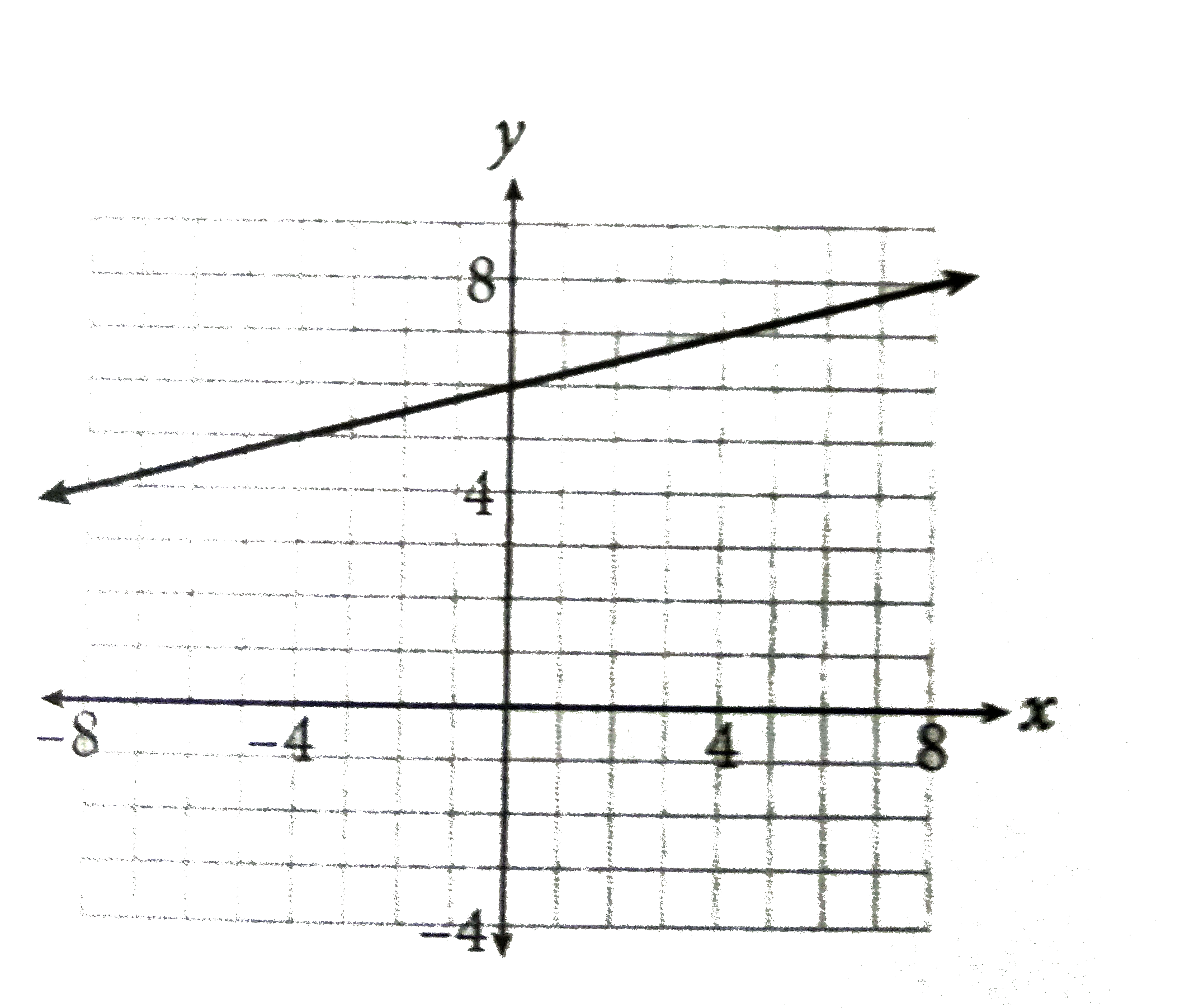Which of the following equations represent S.H.M. ?
y=2sin(ωt+30∘)
y=2cos(ωt−30∘)
y=2sinωt+3cosωt
y=2sinωt.cosωt
The correct Answer is:1,2,3,4
To determine which of the given equations represent Simple Harmonic Motion (S.H.M.), we need to analyze each equation based on the characteristics of S.H.M. The general form of S.H.M. can be expressed as:
y=Asin(ωt+ϕ)
or
y=Acos(ωt+ϕ)
where:
- A is the amplitude,
- ω is the angular frequency,
- ϕ is the phase constant.
Let's analyze each option one by one.
1. Option 1: y=2sin(ωt+30∘)
This equation is in the form of y=Asin(ωt+ϕ) where A=2 and ϕ=30∘.
Conclusion: This represents S.H.M.
2. Option 2: y=2sin(ωt+5)
This equation is also in the form of y=Asin(ωt+ϕ) where A=2 and ϕ=5.
Conclusion: This represents S.H.M.
3. Option 3: y=2cos(ωt−30∘)
This equation is in the form of y=Acos(ωt+ϕ) where A=2 and ϕ=−30∘.
Conclusion: This represents S.H.M.
4. Option 4: y=2sin(ωt)+3cos(ωt)
We can rewrite this equation using the concept of combining sine and cosine into a single sine function.
- The amplitude A can be calculated as:
A=√(22+32)=√4+9=√13
- The phase angle ϕ can be calculated using:
tan(ϕ)=32⟹ϕ=tan−1(32)
Thus, we can express this as:
y=√13sin(ωt+ϕ)
Conclusion: This represents S.H.M.
5. Option 5: y=2sin(ωt)+cos(ωt)
Similar to the previous option, we can combine these terms:
- The amplitude A is:
A=√(22+12)=√4+1=√5
- The phase angle ϕ can be calculated as:
tan(ϕ)=12⟹ϕ=tan−1(12)
Thus, we can express this as:
y=√5sin(ωt+ϕ)
Conclusion: This represents S.H.M.
Final Conclusion:
All the given equations represent S.H.M.
or
y=Acos(ωt+ϕ)
- A is the amplitude,
- ω is the angular frequency,
- ϕ is the phase constant.
This equation is in the form of y=Asin(ωt+ϕ) where A=2 and ϕ=30∘.
Conclusion: This represents S.H.M.
This equation is also in the form of y=Asin(ωt+ϕ) where A=2 and ϕ=5.
Conclusion: This represents S.H.M.
This equation is in the form of y=Acos(ωt+ϕ) where A=2 and ϕ=−30∘.
Conclusion: This represents S.H.M.
We can rewrite this equation using the concept of combining sine and cosine into a single sine function.
- The amplitude A can be calculated as:
A=√(22+32)=√4+9=√13
- The phase angle ϕ can be calculated using:
tan(ϕ)=32⟹ϕ=tan−1(32)
Thus, we can express this as:
y=√13sin(ωt+ϕ)
Conclusion: This represents S.H.M.
Similar to the previous option, we can combine these terms:
- The amplitude A is:
A=√(22+12)=√4+1=√5
- The phase angle ϕ can be calculated as:
tan(ϕ)=12⟹ϕ=tan−1(12)
Thus, we can express this as:
y=√5sin(ωt+ϕ)
Conclusion: This represents S.H.M.
All the given equations represent S.H.M.
Topper's Solved these Questions
- OSCILLATIONSBOOK - AAKASH INSTITUTE ENGLISHCHAPTER - OSCILLATIONSEXERCISE - ASSIGNMENT (SECTION -D( Comprehension) )
3 Videos
- OSCILLATIONSBOOK - AAKASH INSTITUTE ENGLISHCHAPTER - OSCILLATIONSEXERCISE - ASSIGNMENT ( SECTION-E(ASSERTION-REASON TYPE QUESTION) )
13 Videos
- OSCILLATIONSBOOK - AAKASH INSTITUTE ENGLISHCHAPTER - OSCILLATIONSEXERCISE - ASSIGNMENT (SECTION-B )
25 Videos
- NUCLEIBOOK - AAKASH INSTITUTE ENGLISHCHAPTER - NUCLEIEXERCISE - ASSIGNMENT (SECTION-D)
10 Videos
- PHYSICAL WORLDBOOK - AAKASH INSTITUTE ENGLISHCHAPTER - PHYSICAL WORLDEXERCISE - ASSIGNMENT (Section-B)
4 Videos
Similar Questions
Knowledge Check
Which of the following equations represents a line that is parallel to the line with equation
y=−3x+4 ?A6x+2y=15B3x−y=7C2x−3y=6Dx+3y=1Which of the following equations does not represent the kinematic equations of motion?
Av = u + atBS = ut + at2CS = vt + 12at2Dv2−u2 = 2aS
Which of the following equations represents as wave travelling along Y-axis?
View SolutionWhich of the following equations represents the compressibility factor for 1 mol of gas.
View SolutionWhich of the following equations represent a transverse wave travelling along- y axis ?
View SolutionWhich of the following equation represents damped oscillation?
View SolutionWhich of the following equation represents first enthalpy of ionization ?
View SolutionWhich of the following reactions represents ΔH (hydration) :-
View Solution

